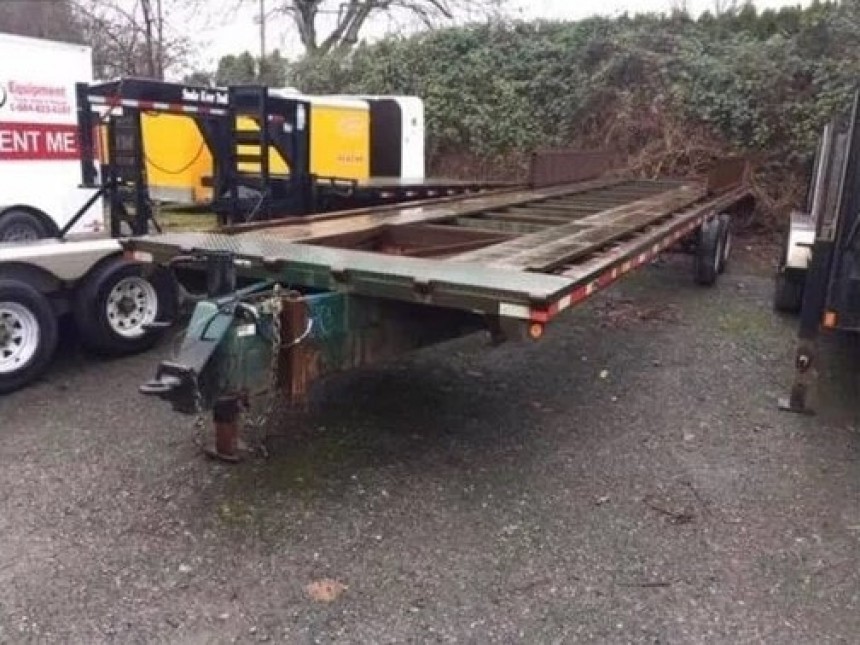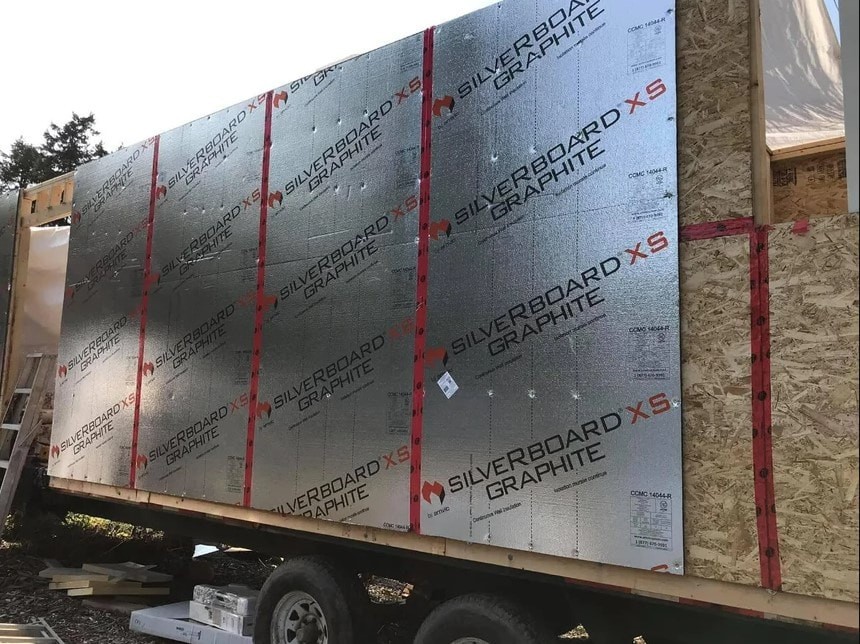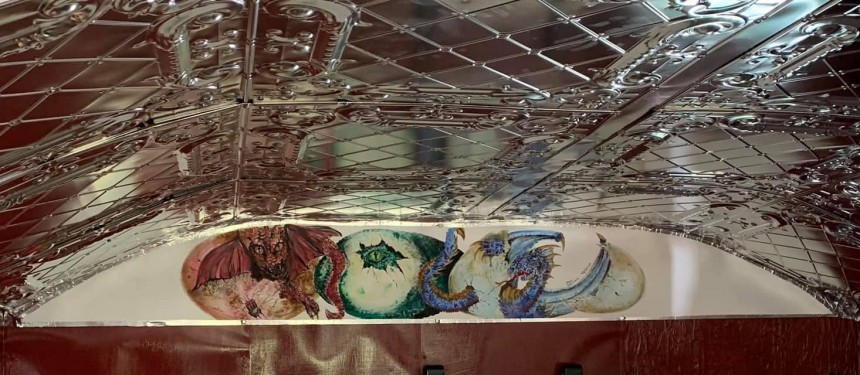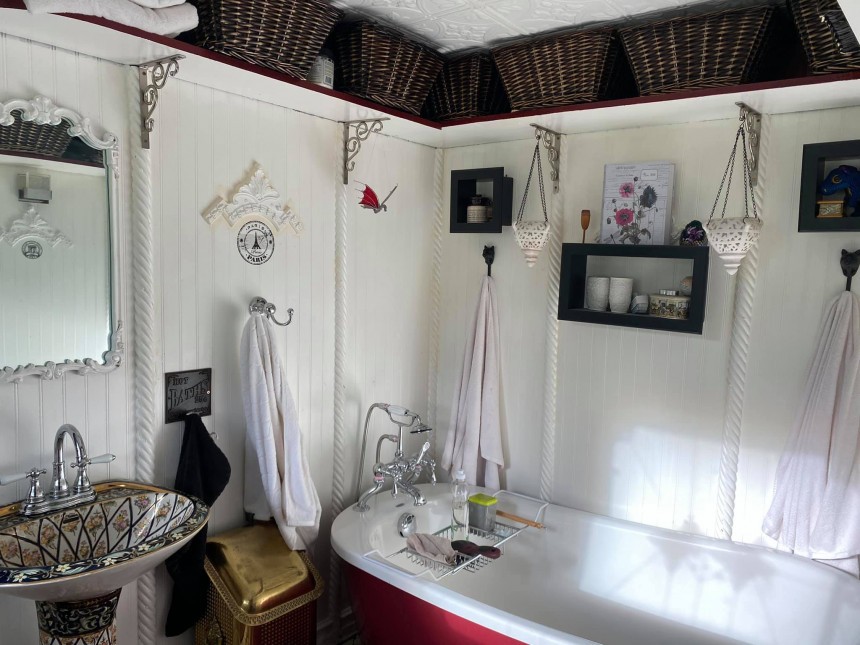
Viral videos or stories would have you believe that a full DIY (do-it-yourself) project can be a successful one even without prior experience or any type of professional help: you just watch a bunch of YouTube videos, and you’re set to finish in record time. That may be the case with some projects, but The Dragons Nest is the exception.
The Dragons Nest is a full DIY build, with Carol explaining on her own page that it had spent more than a decade in gestation even before she started seriously considering building it in 2012. Always fascinated with fairy tales (Carol prefers the old spelling of “faery”), she used to dream of living in a Castle. Then, she first came in contact with the Roma communities in Greece and Ireland and got to see their wagons.
A Vardo wagon is often considered the original tiny house, with the difference that it was less into minimalism and more into artsy convenience, and was drawn by horses. Today’s Roma wagons are mostly English horseboxes converted into mobile homes for multi-generational families, but they retain the same styling as the old ones.
That same styling sets The Dragons Nest apart from other tiny homes. Carol built it because she had to consider alternative housing after her divorce when living in a rented home while she paid off debts became a financial burden. She downsized first in 2016, moving from a large home into a bungalow, but she’d already started looking for materials for her Vardo.
She bought a dual-axle commercial flat deck large equipment hauler in 2018 and, in 2019, started the build by first stripping the damaged decking and replacing it. By the time construction had to really pick up speed with the framing, the international health crisis of 2020 happened, and Carol was forced to choose between waiting it out or forging ahead on her own. The former wasn’t really an option because she needed a home.
So she worked on the Vardo herself, with the notable exception of having a female friend help her install two of the larger windows and the bathtub. By the time she was done, she was physically and emotionally drained, but she had the home of her dreams: 320 square feet (30 square meters) of space in a layout that suited her taste and physical condition, with just the features she needed, and the art and antiques she’d gathered over the years.
Because Carol took the time to plan, The Dragons Nest is in accordance with the local building code, so when tiny houses become legal in Canada, it’ll be legal, too. Now, she has it parked in Vancouver Island, on rented land where living full-time in a tiny house is in a gray legal zone.
Also because she took the time to plan, The Dragons Nest has a functional yet beautiful layout, with everything on the ground floor.
There’s a Great Room with a lounge and dining area, the latter doubling as an office space; there’s a full kitchen divided into the Bakers Cabinet (kitchen, sink, and storage hidden inside a cabinet) and Working Corner (cooker, microwave, and even more storage); there’s a large bathroom with a standalone tub, a composting toilet hidden in an antique chair, and a sink that matches the chair; and there’s a bedroom with a bednook and a very cozy vibe.
In fact, everything about The Dragons Nest is meant to make the home feel extra cozy but with an artful spin. For example, the ceiling in the Great Room is made of pressed Victorian stainless steel plates, while the painting on the wall is Carol’s own work: three dragons hatching from their eggs. Even her beekeeper’s outfit is a replica of a 19th-century one, and she made it herself.
Carol keeps livestock by the house as well. She has three miniature carriage horses, two goats, chickens, and bees, which live in a beehive that’s painted to match the Vardo theme of the home.
As much as she loves antiques and the Roma culture, Carol made sure to future-proof the home – and not just in the sense that the entire build process is documented so it can become legal when Canada legalizes living in tiny houses.
The Dragons Nest is fully off-grid, relying on 10 solar cells and a Titan system for electricity (4 hours of sunlight are enough to charge the battery, which gives the home a 3-day autonomy), and large water tanks that Carol has to fill up. There’s a graywater pond at the back of the home, and the toilet is a composting one.
The extended building period of The Dragons Nest and Carol’s choice (more or less willingly) to use repurposed, recycled, or only materials she could afford, but without skimping on quality, helped to keep the budget down. This tiny home cost just $20,000, including the trailer – but obviously not including Carol’s work.
The Dragons Nest makes for a far more inspiring tiny house tale than anything an intrepid YouTuber can come up with.















